 spieth12@spiethstorage.com
spieth12@spiethstorage.com +86 18006010205
+86 18006010205
-
Time:9/16/2025
-
Time:9/15/2025
-
Time:9/10/2025
-
Time:9/5/2025
-
Time:9/2/2025
-
 Tel : +86 18006010205
Tel : +86 18006010205
-
 E-mail : spieth12@spiethstorage.com
E-mail : spieth12@spiethstorage.com
-
 Address : Tongan Park, Tongan District, Xiamen, China 361023
Address : Tongan Park, Tongan District, Xiamen, China 361023
Efficiency Unleashed: Exploring the Pros and Cons of Mezzanine Shelves in Warehousing
 Time:12/21/2023
Time:12/21/2023 763
763In the contemporary landscape of the warehouse industry, enhancing spatial utilization stands as a paramount factor in optimizing operational efficiency. One solution that has garnered considerable attention is the utilization of mezzanine shelves, also known as raised storage platforms.
Mezzanine shelves employ medium- and heavy-duty shelf components as their primary support, assembled with floor panels without the need for on-site welding, boasting easy disassembly and environmental friendliness.
While mezzanine shelves offer a plethora of advantages, they also come with their set of drawbacks. This article delves into the strengths and weaknesses of mezzanine shelves, providing a comprehensive reference for businesses navigating the terrain of warehouse storage solutions.
Advantages of Mezzanine Shelves:
Optimal Space Utilization:
Mezzanine shelves allow for the efficient use of vertical space, maximizing storage capacity in warehouses or facilities with high ceilings.
Easy Installation and Disassembly:
Mezzanine shelves are typically assembled using medium- and heavy-duty shelf components without the need for welding on-site. This ease of installation makes them convenient and adaptable to changing needs. They can be disassembled and relocated, providing flexibility for future adjustments.
Environmental Friendliness:
The lack of on-site welding reduces the environmental impact of installation. Additionally, the ability to dismantle and reuse components promotes sustainability.
Innovation and Customization:
Mezzanine shelves offer opportunities for innovation in design to meet specific storage needs. They can be customized to accommodate different types of goods and adapt to various warehouse layouts.
Enhanced Accessibility:
Mezzanine shelves improve accessibility to stored items, especially in large warehouses, by utilizing both floor and elevated spaces. This can contribute to better inventory management and order picking processes.
Disadvantages of Mezzanine Shelves:
Limited Load Capacity:
The load capacity per square meter for mezzanine shelves is typically between 200-500kg. This limitation makes them unsuitable for storing exceptionally heavy items and may require additional considerations for weight distribution.
Floor Spacing Considerations:
To facilitate employee operations, mezzanine shelves often have floor spacings between 2.2m-2.8m. This can be a limitation in terms of accommodating larger equipment or machinery, such as forklifts.
Height Limitations:
The height of mezzanine shelves should not be less than 2 meters. This may pose challenges in facilities where ceiling heights are limited, affecting the feasibility of installing mezzanine shelving systems.
No Fixed Specifications:
Mezzanine shelves lack fixed specifications due to variations in warehouse heights and floor levels. This may require a more customized approach for each installation, making it essential to provide specific data for accurate planning.
In conclusion, while mezzanine shelves offer significant advantages in terms of space utilization, easy installation, and customization, potential drawbacks include load capacity limitations and specific spatial requirements. The decision to choose mezzanine shelves should be based on the specific needs and characteristics of the warehouse or facility in question.
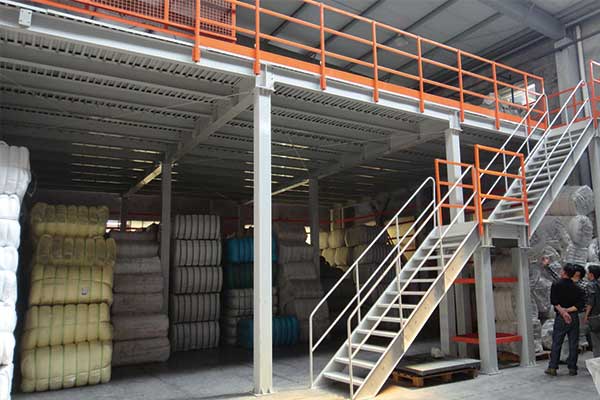
-

-
 +86 18006010205
+86 18006010205 -
 +86 18006010205
+86 18006010205
 0
0







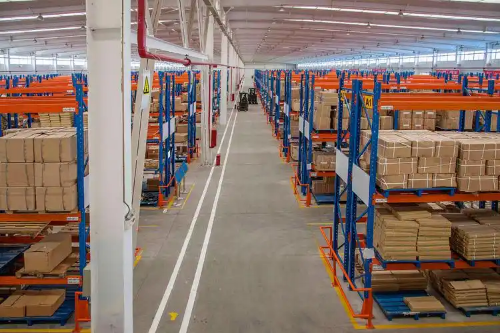
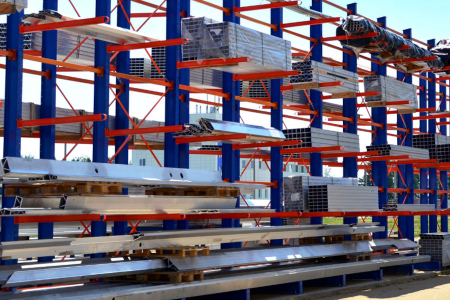
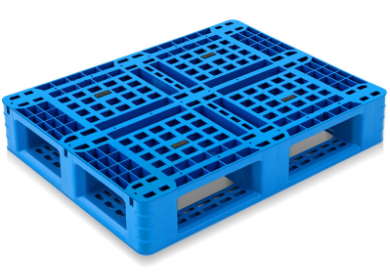
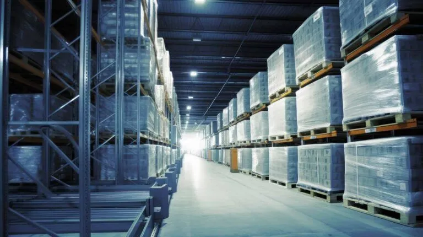
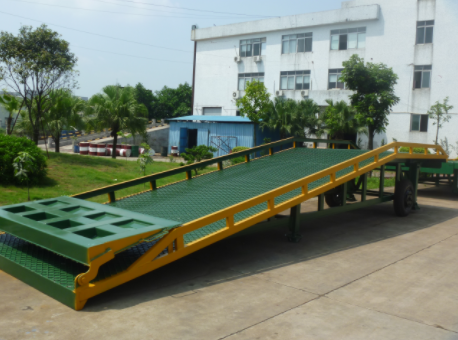






 link:
link:




